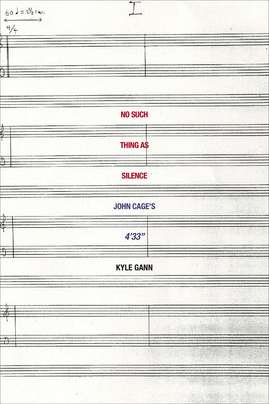Because John cage is a pioneer of indeterminacy in music, electroacoustic music, and non-standard use of musical instruments. So it is necessary to know what are them when we study John Cage.
Indeterminacy in music
Indeterminacy in music, which began early in the 20th century in the music of Charles Ives, and was continued in the 1930s by Henry Cowell and carried on by his student, the experimental music composer John Cage beginning in 1951 (Griffiths 2001), came to refer to the (mostly American) movement which grew up around Cage. This group included the other members of the so-called New York School: Earle Brown, Morton Feldman and Christian Wolff. Others working in this way included the Scratch Orchestra in the United Kingdom (1968 until the early 1970s) and the Japanese composer Toshi Ichiyanagi (born 1933). Indeterminate music can be divided into three groups.The the John Cage's Music of Changes (1951) is an example that the composer selected duration, tempo, and dynamics by using the I-Ching.

(An excerpt from Book IV of Music of Changes in Cage's calligraphic score. )
It doesn't sound like a melody and no rhythm though. ( Listen:
https://www.youtube.com/watch?v=qOwcpjr9wFA&list=PLF8C330ADF440AFB5 )
Electroacoustic music:
Electroacoustic music originated in Western art music during the modern era[citation needed] following the incorporation of electric sound production into compositional practice. The initial developments in electroacoustic music composition during the 20th century are associated with the activities of the Groupe de Recherches Musicales at the ORTF in Paris. One example of John Cage is Imaginary Landscape No. 1 (1939)(
http://en.wikipedia.org/wiki/Imaginary_Landscape )
Non-standard use of musical instruments
He used many objects which don't belong to muscic instruments. In his muscic, there are many sounds from household items such as metal sheet. This is inspired by Oskar Fischinger, who told Cage that "everything in the world has a spirit that can be released through its sound."


 (An excerpt from Book IV of Music of Changes in Cage's calligraphic score. )
(An excerpt from Book IV of Music of Changes in Cage's calligraphic score. )
